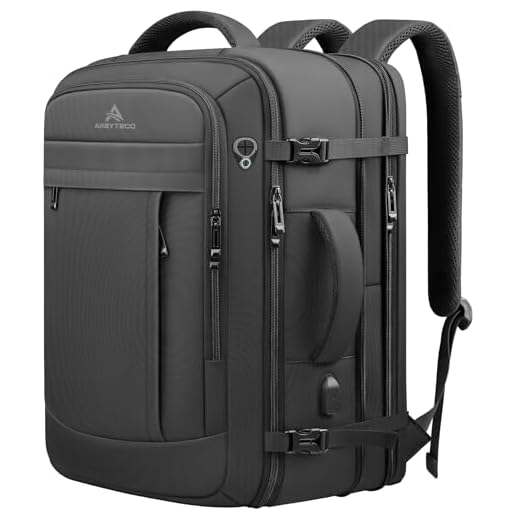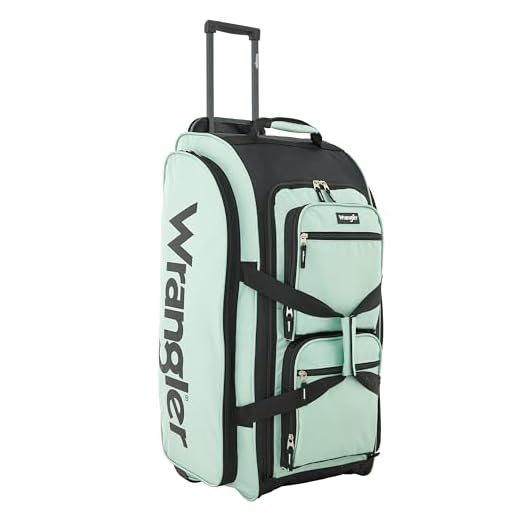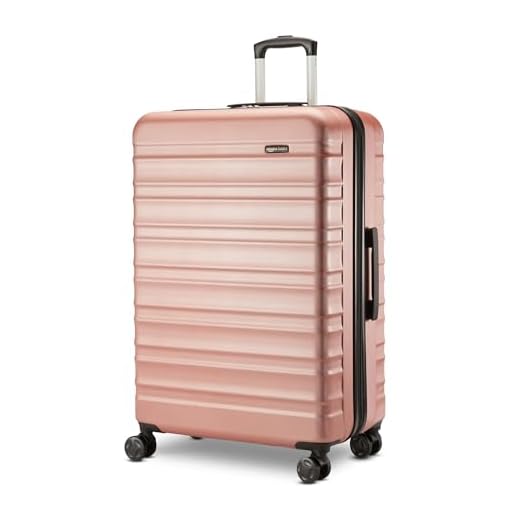





Opt for a sturdy, medium-sized backpack with adjustable straps and a hip belt for ease during long treks. Ensure it has multiple compartments to organize essentials and secure small valuables.
Light, breathable clothing is a must, especially for humid climates. Prioritize moisture-wicking materials and layers that can be easily added or removed. A rain jacket is necessary, as weather can be unpredictable.
Footwear should be versatile; sturdy hiking shoes with good grip are ideal for diverse terrains. Consider bringing flip-flops or lightweight sandals for casual days or hostel stays.
Include a reusable water bottle and a portable filtration system to stay hydrated. Sunscreen and insect repellent will protect against harsh UV rays and pesky bugs on your excursions.
Lastly, a compact first-aid kit equipped with basic medical supplies will ensure you’re prepared for minor injuries or ailments. Being well-equipped enhances your experience and safety throughout your travels.
Recommended Gear for Exploration
Select a versatile backpack ranging from 40 to 60 liters for mobility during city tours and treks. Look for a model with a rain cover and breathable back panel for comfort in humid climates. A detachable daypack is a bonus for short excursions.
Alternative Options
If a backpack isn’t suitable, consider a wheeled bag or duffel. Ensure it’s made of durable, water-resistant materials. Choose options with multiple compartments for easier organization and access during bus or train travel.
Packable Essentials
Bring lightweight, moisture-wicking clothing that can be layered for varying climates. Include a breathable rain jacket and quick-drying pants. A versatile pair of shoes for various terrains is necessary, with a preference for comfort over style.
| Item | Recommendation |
|---|---|
| Backpack | 40-60 liters, with rain cover |
| Wheeled Bag/Duffel | Durable, water-resistant, easy to carry |
| Clothing | Lightweight layers, moisture-wicking |
| Shoes | Comfortable, multi-terrain |
Choosing the Right Size of Bags for Your Trip
Opt for a medium-sized roller or backpack with a capacity of 50 to 70 liters. This size accommodates essentials without overpacking, allowing ease of movement through various terrains.
Weight Considerations
Keep the weight of your gear below 20% of your body weight. This balance avoids strain and aids in navigating public transport or rugged pathways. If traveling extensively, you might consider a smaller daypack for excursions.
Activity-Specific Needs
Match your pack size to planned activities. For hiking, a 40-liter bag suffices, while city exploration might require only a 20-liter daypack. Remember, versatility is key; lightweight design allows for additional layers when necessary.
For tips on car cleaning supplies, refer to best pressure washer soaps detergents for cars.
Backpacks vs. Suitcases: Which is Better for Different Destinations
For urban areas with well-maintained infrastructure, wheeled cases enable easy transport over smooth pavements. In contrast, rugged environments, like mountainous regions or unpaved paths, favor backpacks for their mobility and versatility.
Comfort is paramount during extended walks or hikes. A well-fitted backpack evenly distributes weight across the body, reducing strain and enhancing mobility on varied terrain. Conversely, suitcases can become cumbersome when navigating staircases, crowded markets, or uneven surfaces.
If planning frequent hostellike stays, a backpack offers an advantage with its compactness and ease of storage in tight spaces, such as small rooms or shared dormitories. However, for luxurious accommodations or business trips, a suitcase may provide a more polished appearance.
Weather conditions also dictate choices. Hypothetical rain-soaked scenarios favor backpacks with water-resistant materials and built-in rain covers. Suitcases might struggle in such environments, though they can protect fragile items better in capacity.
Personal preferences regarding accessibility play a role. Backpacks allow quick access to essentials like hydration gear or snacks, while hard-sided cases provide better protection, making them suitable for electronics and valuables.
Evaluating travel style and preferences is key. For adventurous spirits wanting to explore off-the-beaten-path locales, backpacks win for their adaptability. For travelers preferring a structured itinerary with luxury touchpoints, opting for a suitcase could enhance the experience.
Recommendations for Packing Lightweight Clothing for Varying Climates
Opt for moisture-wicking fabrics to ensure comfort during long hikes or hot city exploration. Merino wool is an excellent choice due to its temperature-regulating properties, suitable for both warm and cool settings.
Layering is key. Include a lightweight base layer, an insulating mid-layer, and a packable shell for protection against wind and moisture. This approach provides versatility for fluctuating temperatures.
Choose zip-off pants that can convert into shorts for adaptability. A lightweight, quick-drying dress or skirt offers flexibility for both casual and semi-formal occasions.
Pack only quick-dry shirts and avoid cotton, which retains moisture and takes longer to dry. Long-sleeved options are beneficial for sun protection during the day and warmth at night.
Consider bringing a lightweight scarf or shawl. It can serve multiple purposes including sun protection, a cover-up for temples, or an extra layer of warmth.
Invest in a compact, foldable rain jacket. Choose breathable materials that won’t add unnecessary bulk but still provide protection during unexpected downpours.
Utilize packing cubes or compression bags to maximize space and keep garments organized. This helps maintain order in your pack, making it easier to find what you need without unpacking everything.
Important Accessories to Enhance Your Travel Experience
Investing in the right accessories can greatly improve your experience while exploring new territories. Here’s a focused list of must-have items:
- Travel Backpack Organizer: Keep your essentials neatly arranged and accessible. This helps save time during transit and makes finding items simpler.
- Portable Charger: Stay powered on the go. Opt for a high-capacity power bank to recharge your devices during long excursions.
- Reusable Water Bottle: Staying hydrated is crucial. Choose a lightweight, collapsible bottle to minimize space and reduce plastic waste.
- Money Belt: Safeguard your valuables discreetly by using an under-clothing belt. This offers peace of mind in crowded areas.
- Travel-Sized Toiletries: Streamline your hygiene routine. Opt for leak-proof containers to prevent spills and to comply with airline regulations.
- Compact Umbrella: Weather can be unpredictable. A foldable umbrella provides protection without taking up much space.
- Travel Pillow: Ensure comfort during long flights or bus rides. A compact, inflatable pillow can make a significant difference in your rest quality.
- Multi-tool: This versatile gadget can be handy for emergencies, offering various functions in a portable design.
- Lightweight Laptop or Tablet: Stay connected and entertained during down times. These devices also facilitate research and planning on the move.
- First Aid Kit: Pack a small kit with basic medications and bandages. It’s a precaution that can save you from unexpected inconveniences.
Having these accessories readily available will make your exploration smoother and more enjoyable, letting you focus on your adventures rather than potential challenges.
Tips for Securing and Protecting Your Luggage While Traveling
Invest in quality locks; TSA-approved options allow security personnel to inspect without damaging your gear. Always lock zippers and compartments to deter casual theft.
Utilize bright or unique luggage tags to easily identify your belongings, making them less appealing to thieves. Consider using a best compact automatic umbrella as an additional visual marker.
Keep valuables in a personal item, such as a best personal item backpack for flying, which stays with you. It minimizes risk and keeps essential items close at hand.
When exploring, use anti-theft backpacks or bags designed with hidden zippers and reinforced straps. This minimizes the risk of pickpockets.
Consider a luggage cover or wrap, which not only protects against scratches but also deters unauthorized access and marks your case as distinct.
Always keep a digital inventory of your belongings with photos and a list for easier reporting in case of loss. Store this securely in your phone or cloud service.
Familiarize yourself with the safest practices for local transport services and avoid leaving unattended bags in public places.







